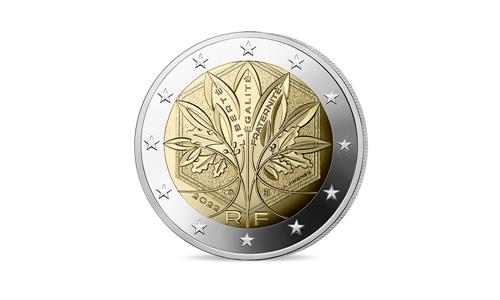BASF develops a nitrification inhibitor that improves the harvest, also minimizes the environmental impact, reducing losses due to nitrogen washing by up to 65% and greenhouse gas emissions by up to 45%.
Due to the development of the livestock sector in recent years, a considerable volume of slurry and manure is currently generated in Spain. Thanks to its important content in nitrogenmainly ammoniacal, slurry represents an important resource available to the farmer when fertilizing. However, the application of purin in agricultural soils in 2020 has generated 28% of national emissions (mainly ammonia) derived from agricultural activities.
It is logical then, that fertilization and the good agronomic state of the soils are taken into consideration in the strategies related to the Covenanteuropean green, as well as in the guidelines established by the national governments.
Spain has just published Royal Decree 1051/2022, whose objective is to regulate the sustainable use of crop fertilization, and specifically, the use of slurry to dramatically reduce its environmental impact and maximize its fertilizing potential. The decree authorizes the use of lanitrification inhibitor products, such as BASF’s Vizura®.
Con Vizura® The farmer has at his disposal a tool that allows him to improve the nitrogen efficiency of the slurry, obtaining average harvest increases of 7% of dry matter produced from the crop (average calculated from more than 400 trials) with respect to conventional slurry, while considerably reducing the emissions associated with it. to your application.
Saving of inputs
The use of Visor® in slurry as a fertilizer means considerable savings in inputs for the farmer and much more flexibility when organizing field work.
Vizura® retains in the soil the nitrogen contributed with the purinin the background fertilizer for more weeks, allowing the crop to take advantage of it as it develops.
Nitrification, key process of nitrogen in the soil
Up to 50% of the nitrogen contributed in the fertilizer (mineral or organic) can be lost without the plants taking advantage of it. The nitrogen in the slurry is transformed into nitrate which, due to the action of irrigation water or rain, ends up dissolved with the risk of reaching groundwater by leaching.
In addition, when it reaches a certain depth, it can no longer be used by the roots of the crop. But the problems of nitrogen They do not end here: this nitrate can be transformed into nitrous oxide (N2O) and released into the atmosphere due to its volatility.
This loss of nitrogen by washing or emission into the atmosphere causes losseseconomic, since it reduces the efficiency of the supplied nitrogen, the productive potential and the profitability of the crop. There are also damages of an environmental and social nature because the washing and accumulation of nitrates in groundwater can limit or prevent the use of water from groundwater resources and the emission of greenhouse gases It has a long-term impact on climate change.
Thanks to Vizura®, the reduction of these losses is significant and varies greatly depending on the soil, and can even exceed 65%.
On the other hand, a slurry mixed with Vizura® also reduces emissions of nitrogenous gases by up to 45%.
A new era begins for the organic fertilizationwhere the slurry can be used as fertilizer in a more efficient and profitable way for the farmer and more respectful with the environment.


